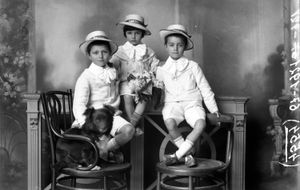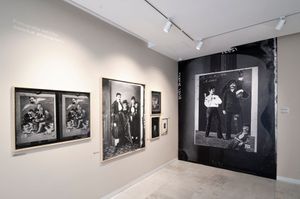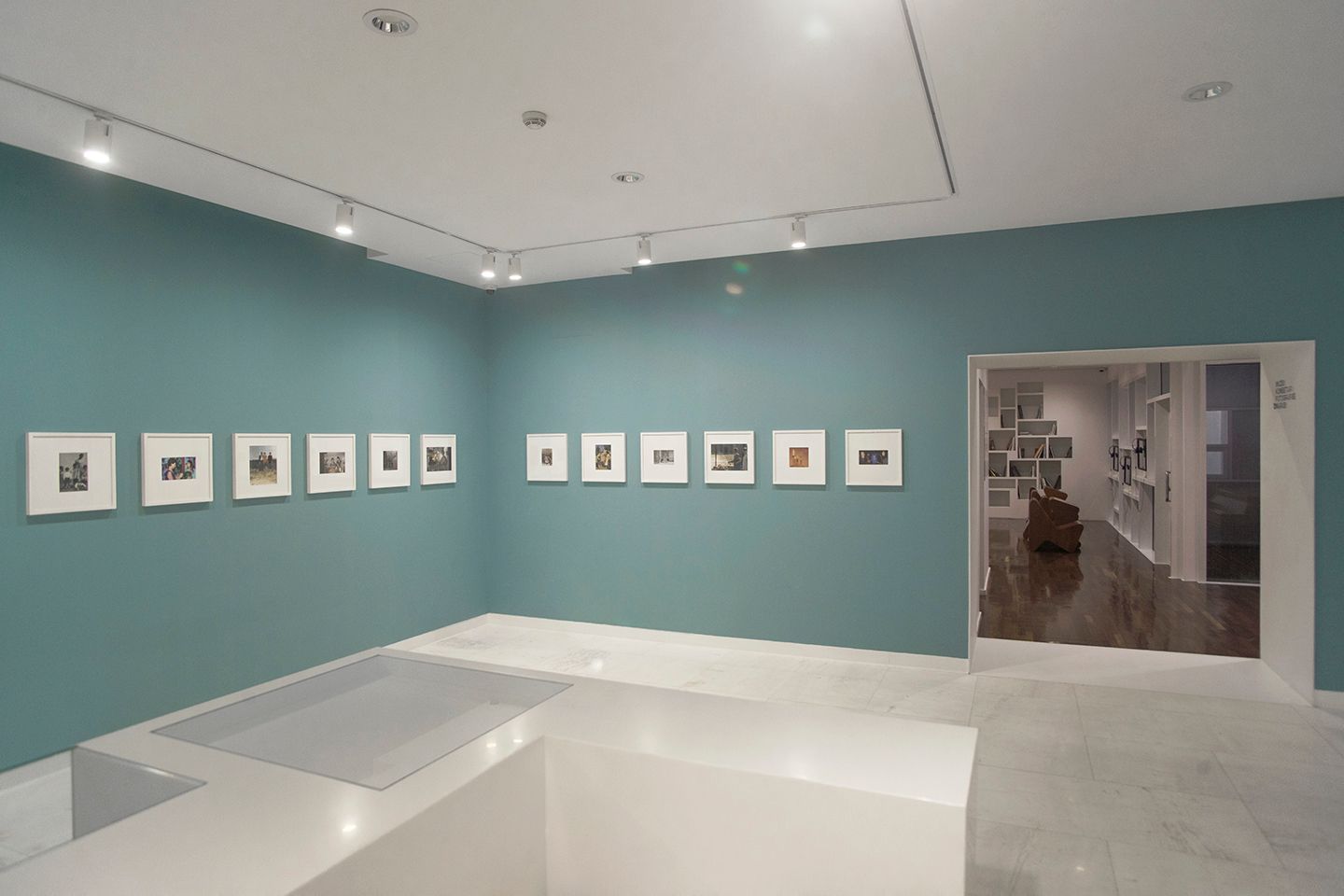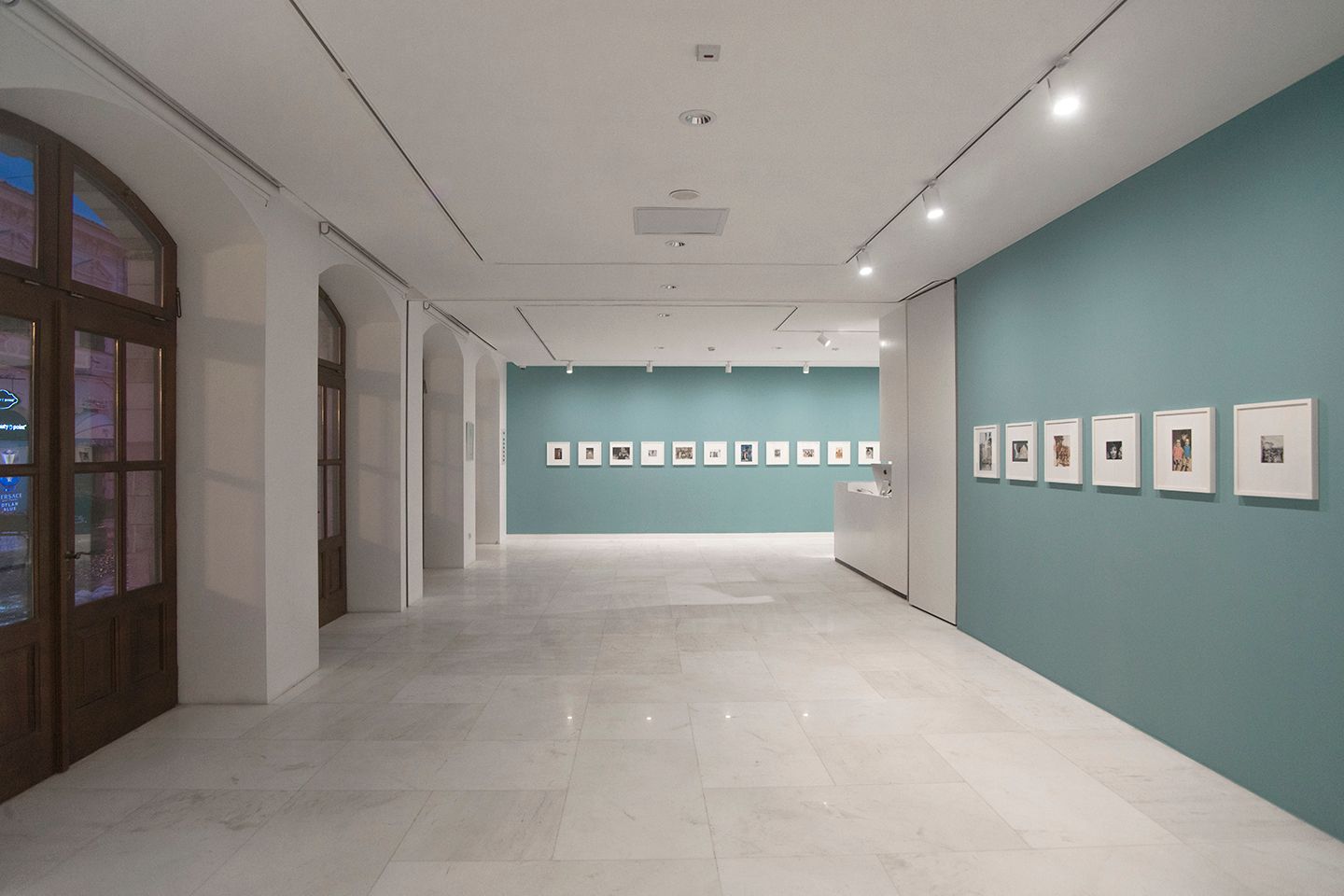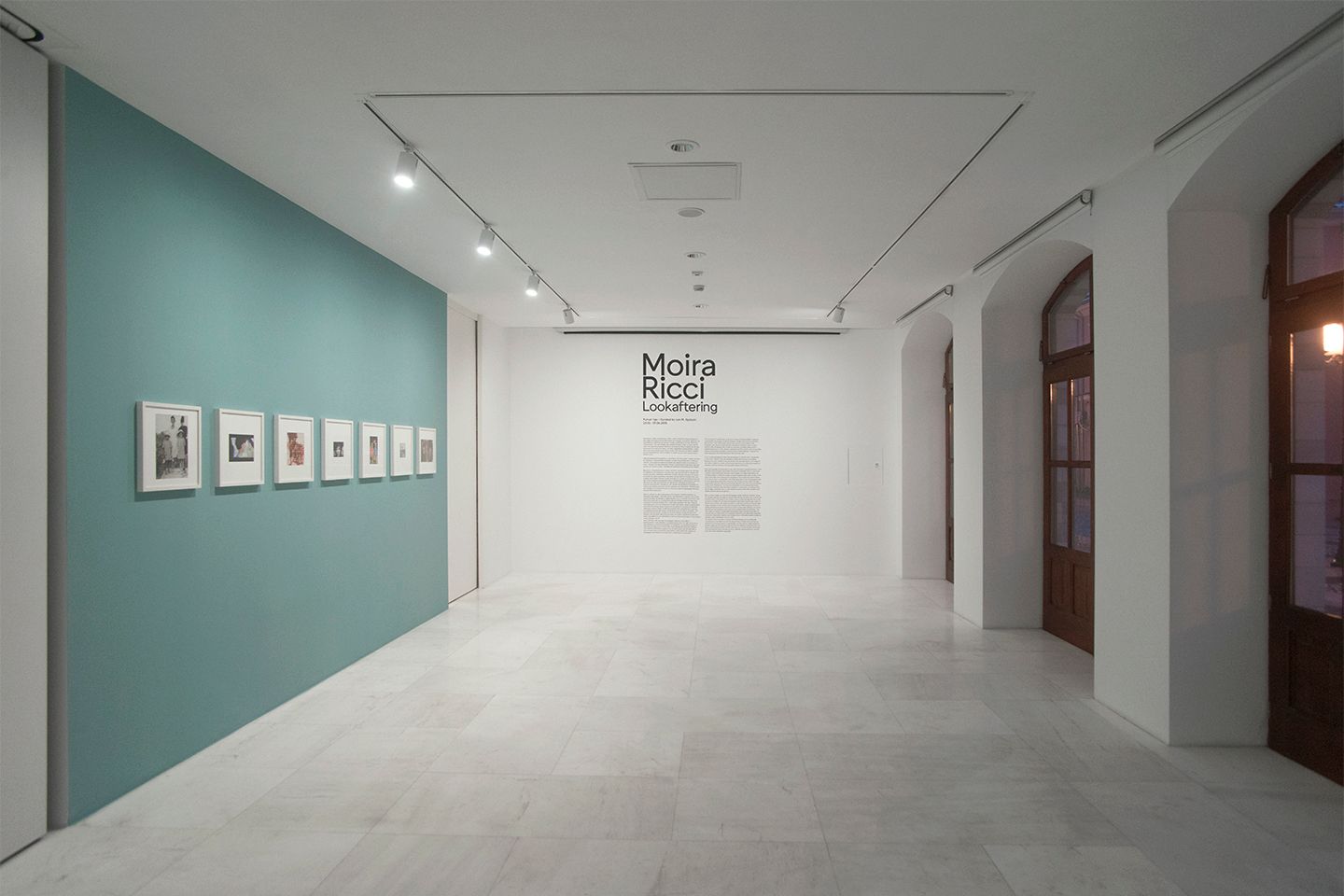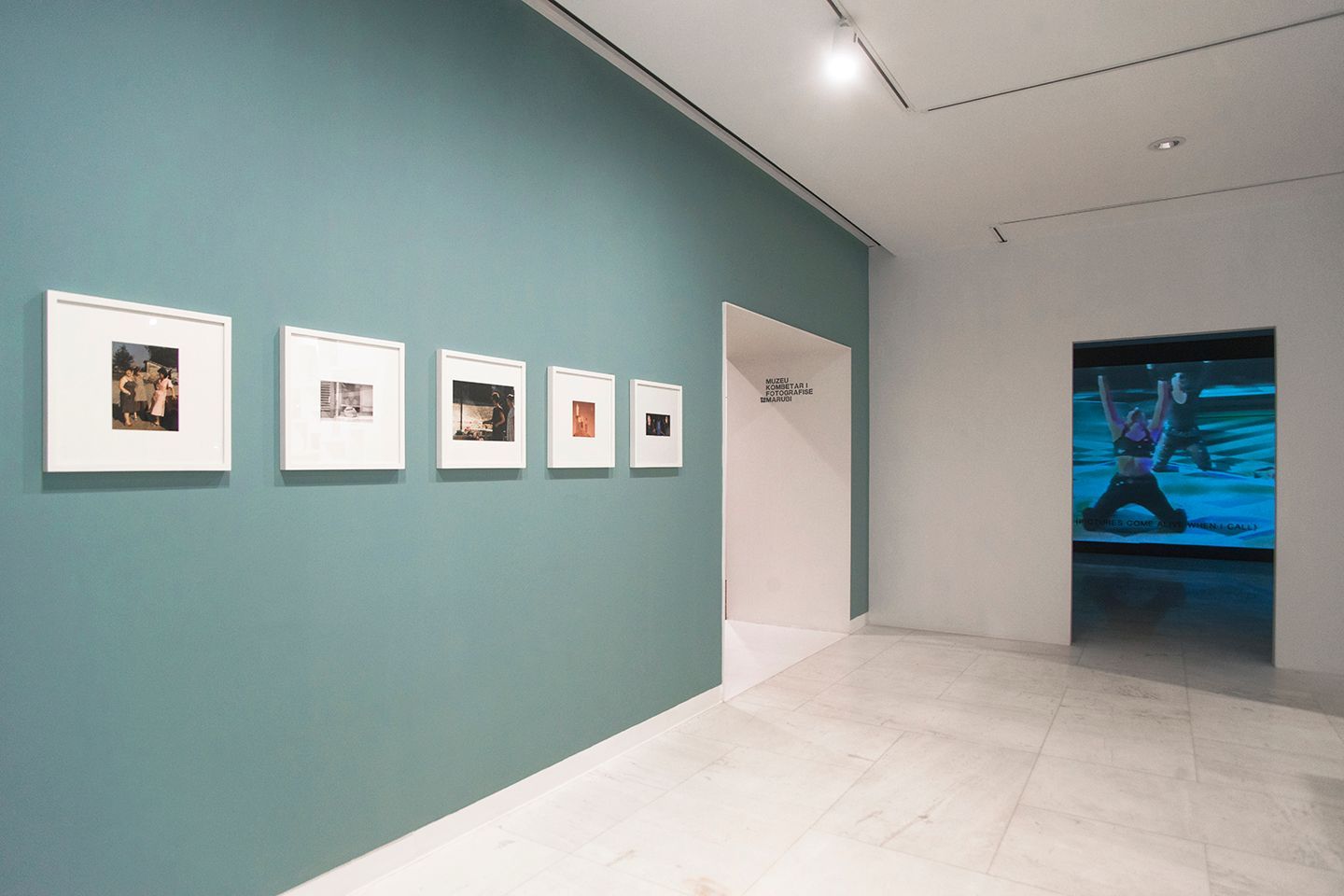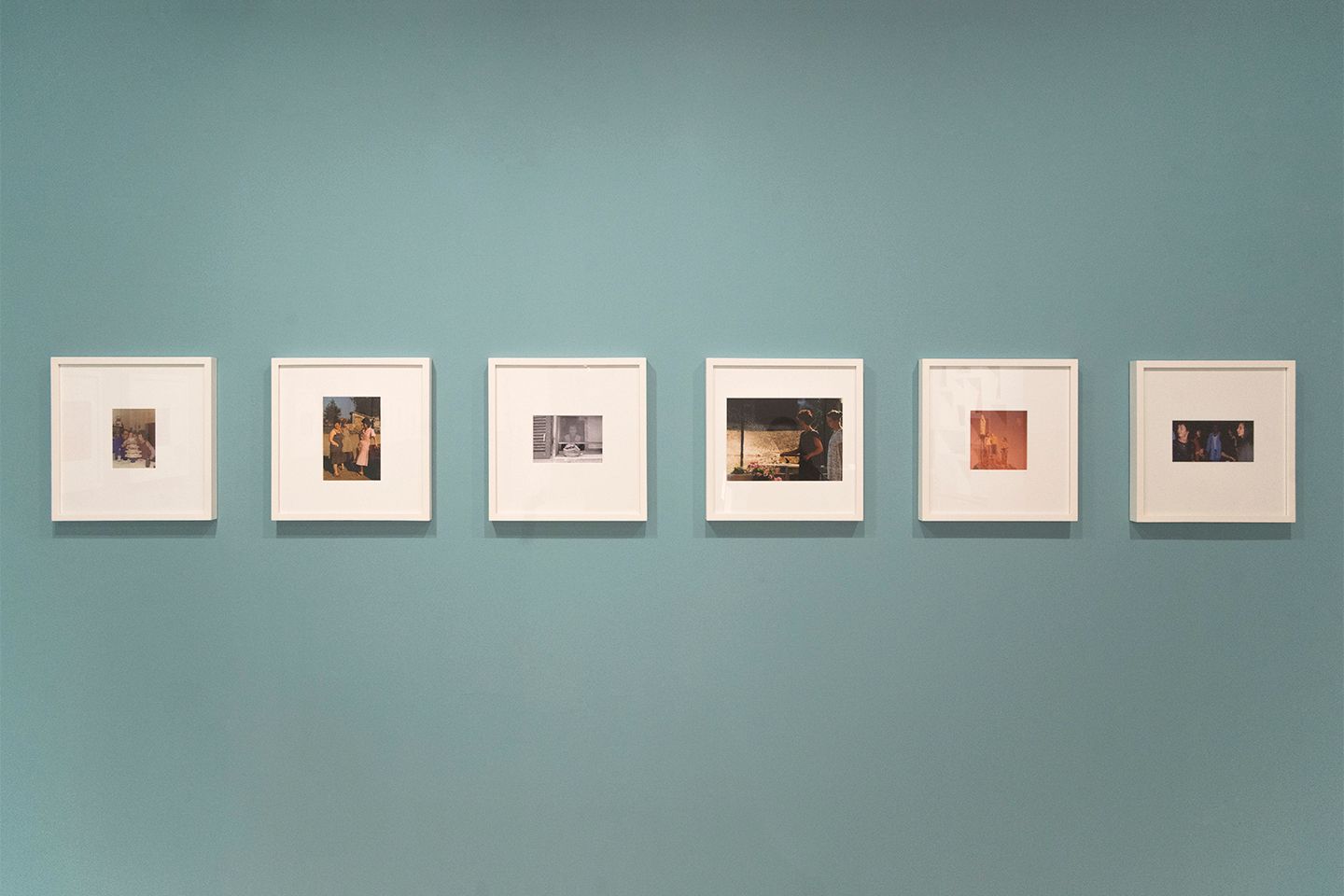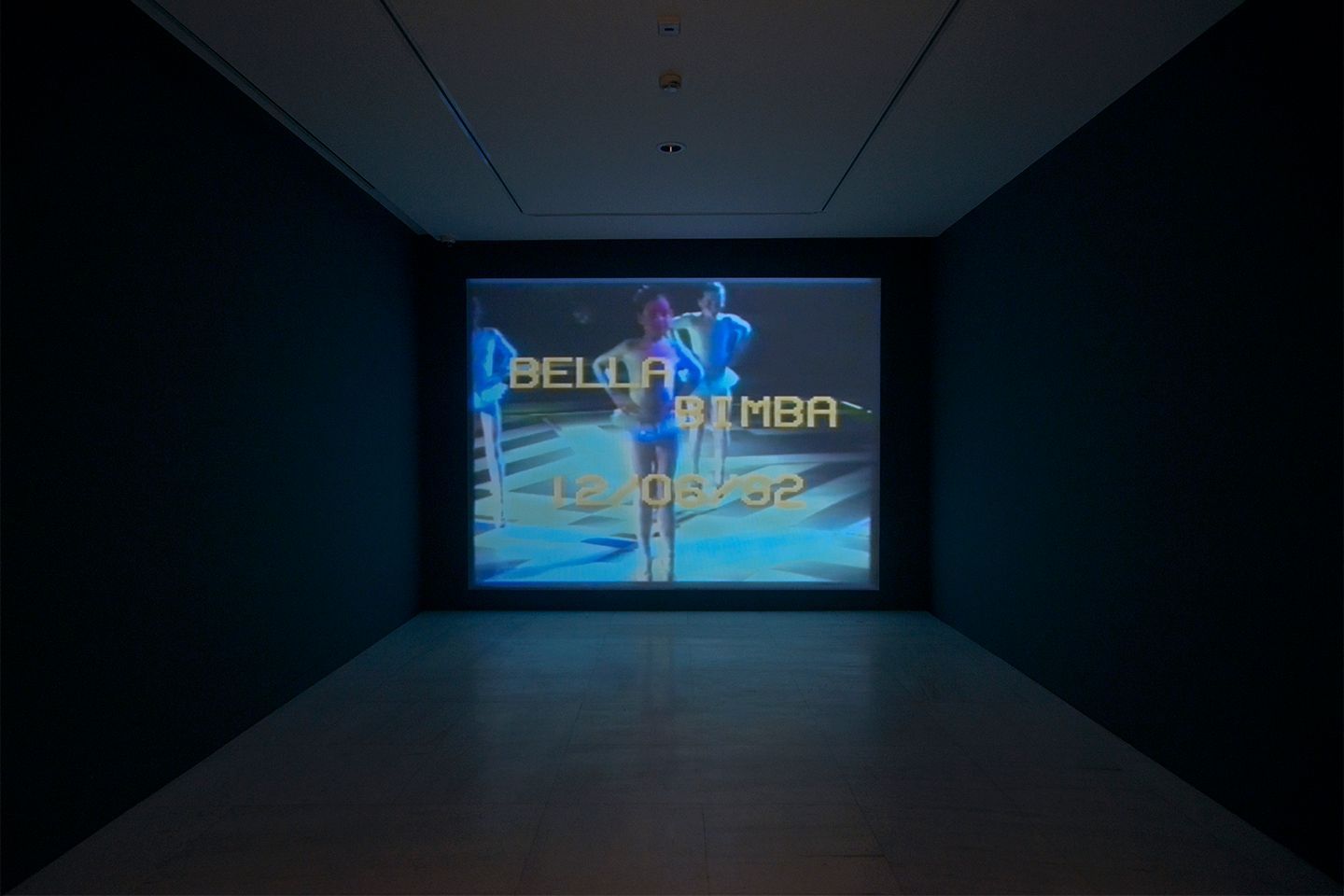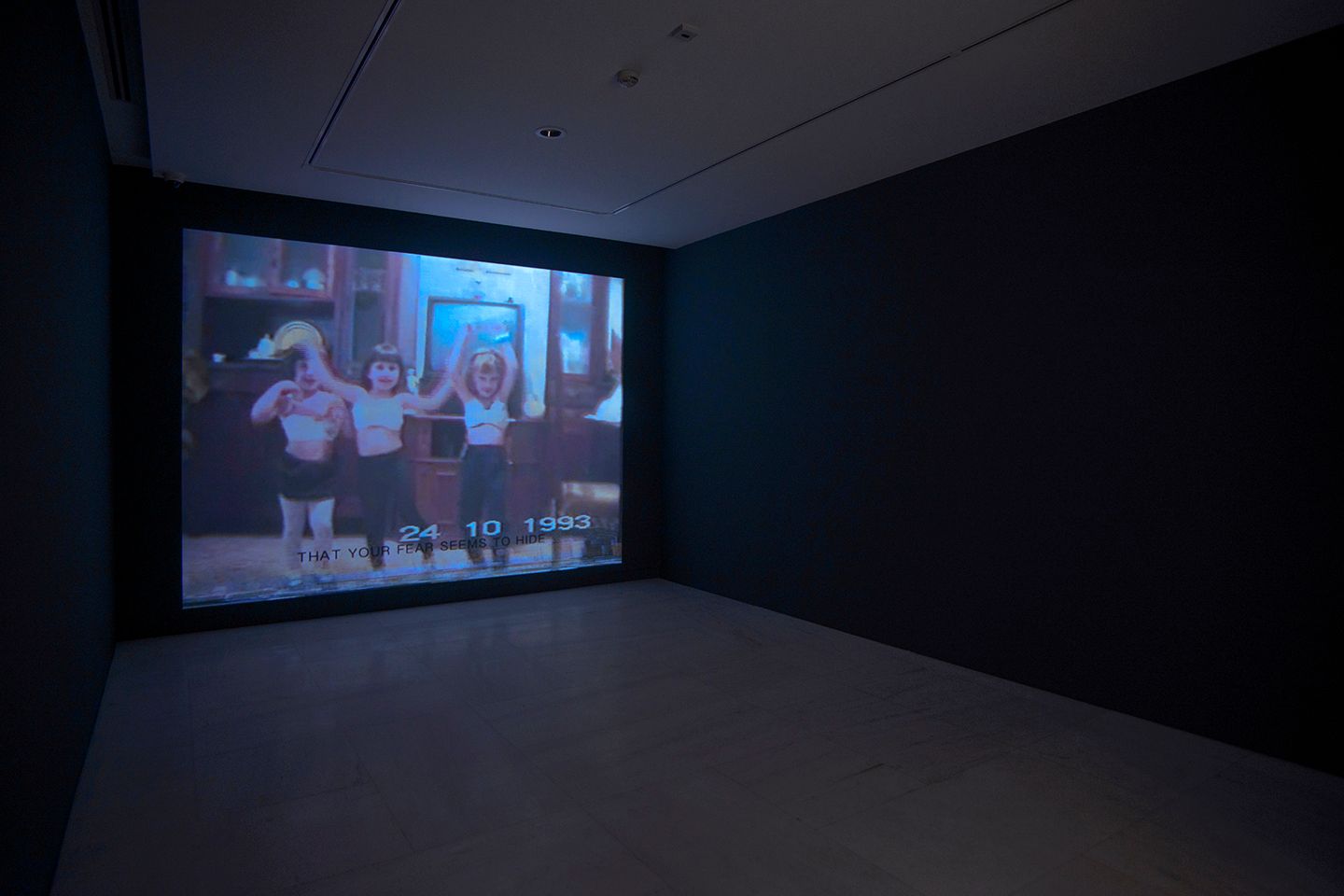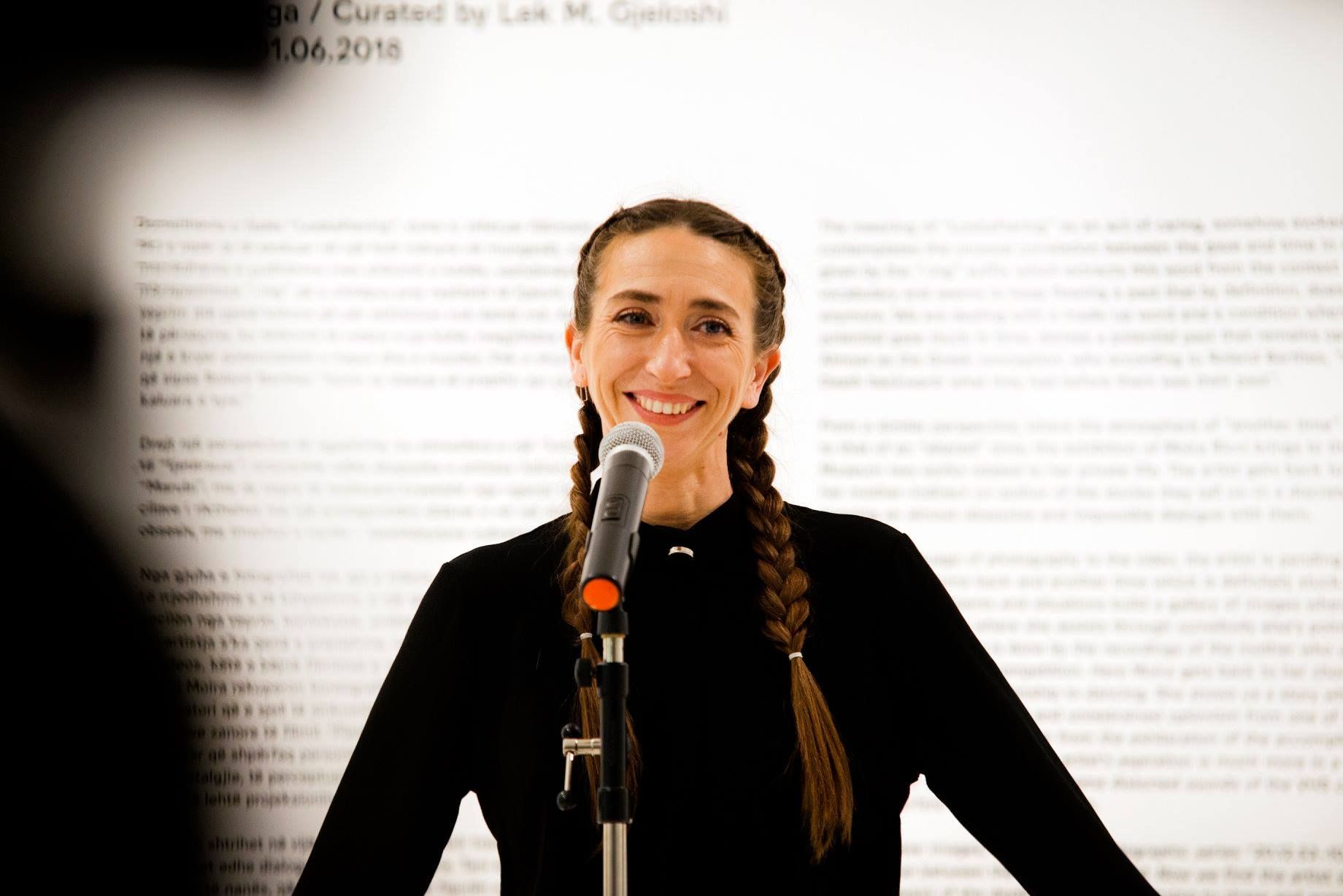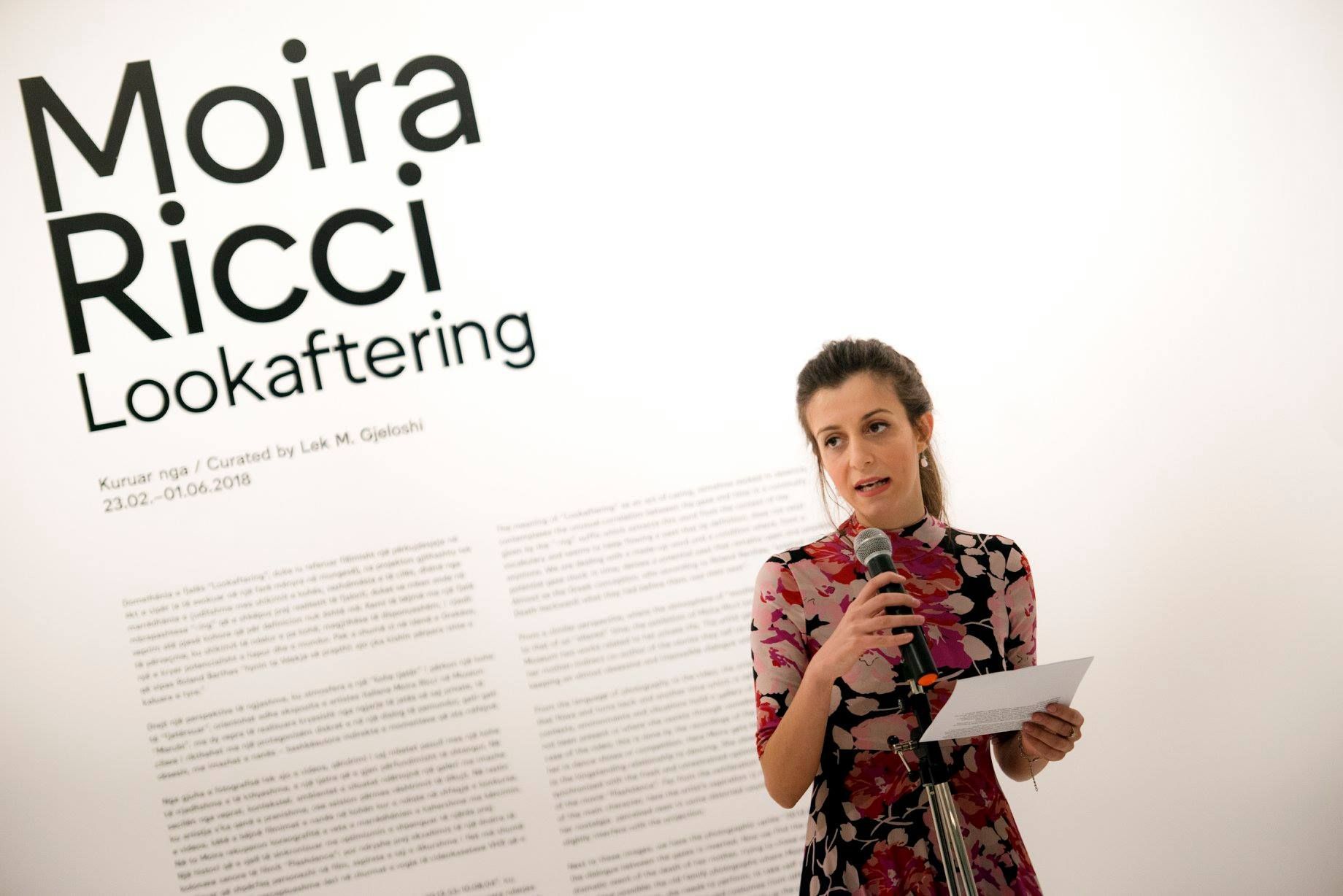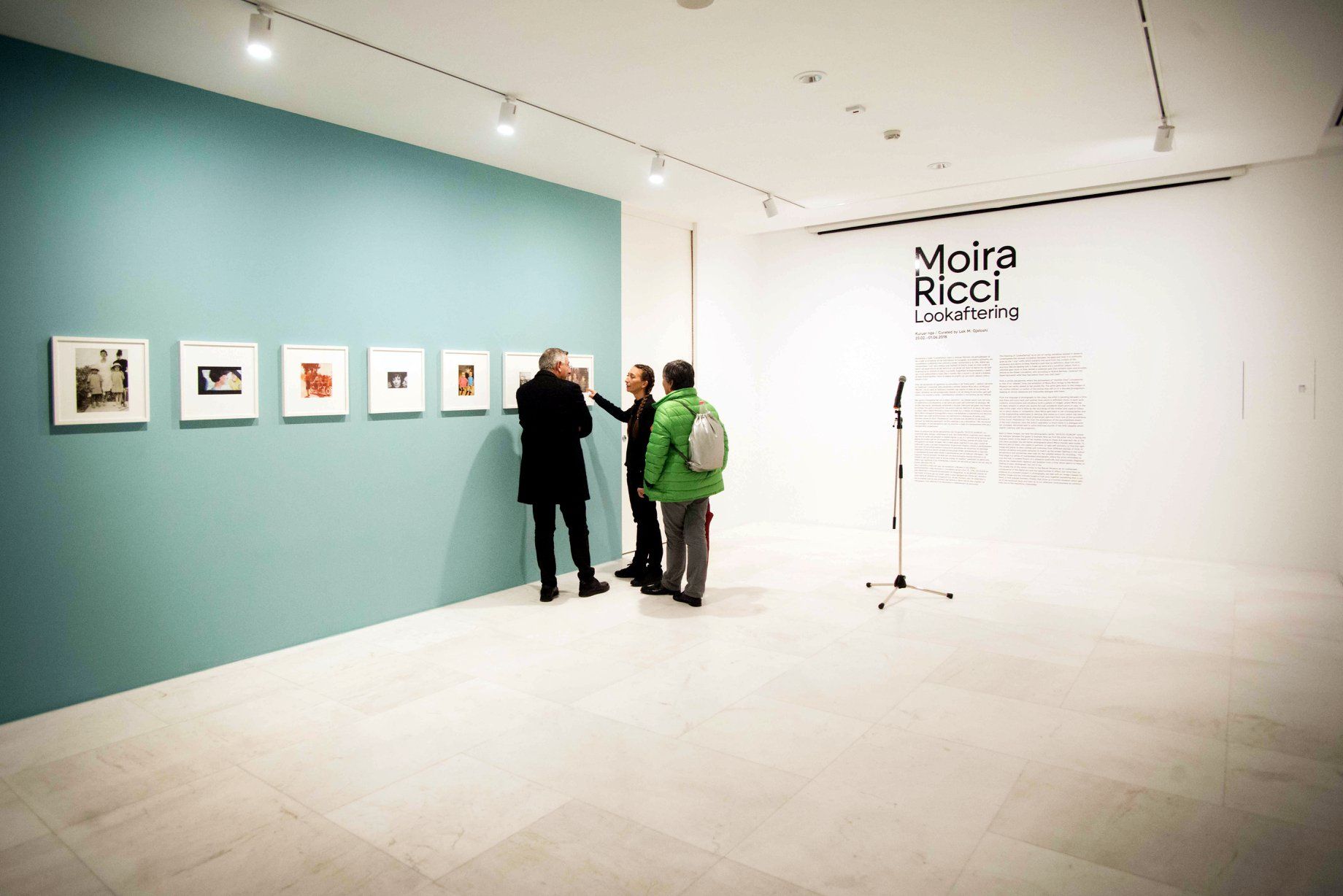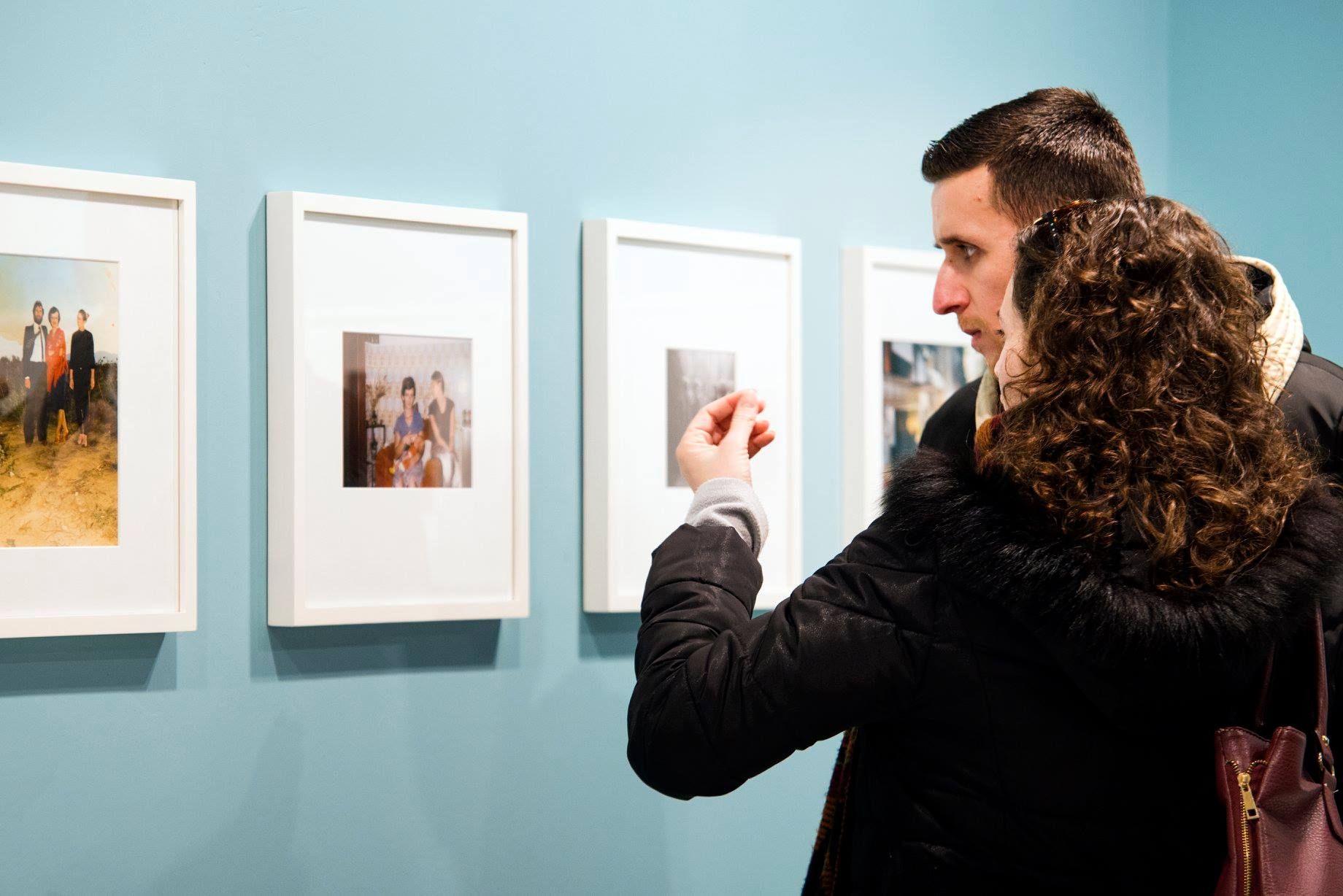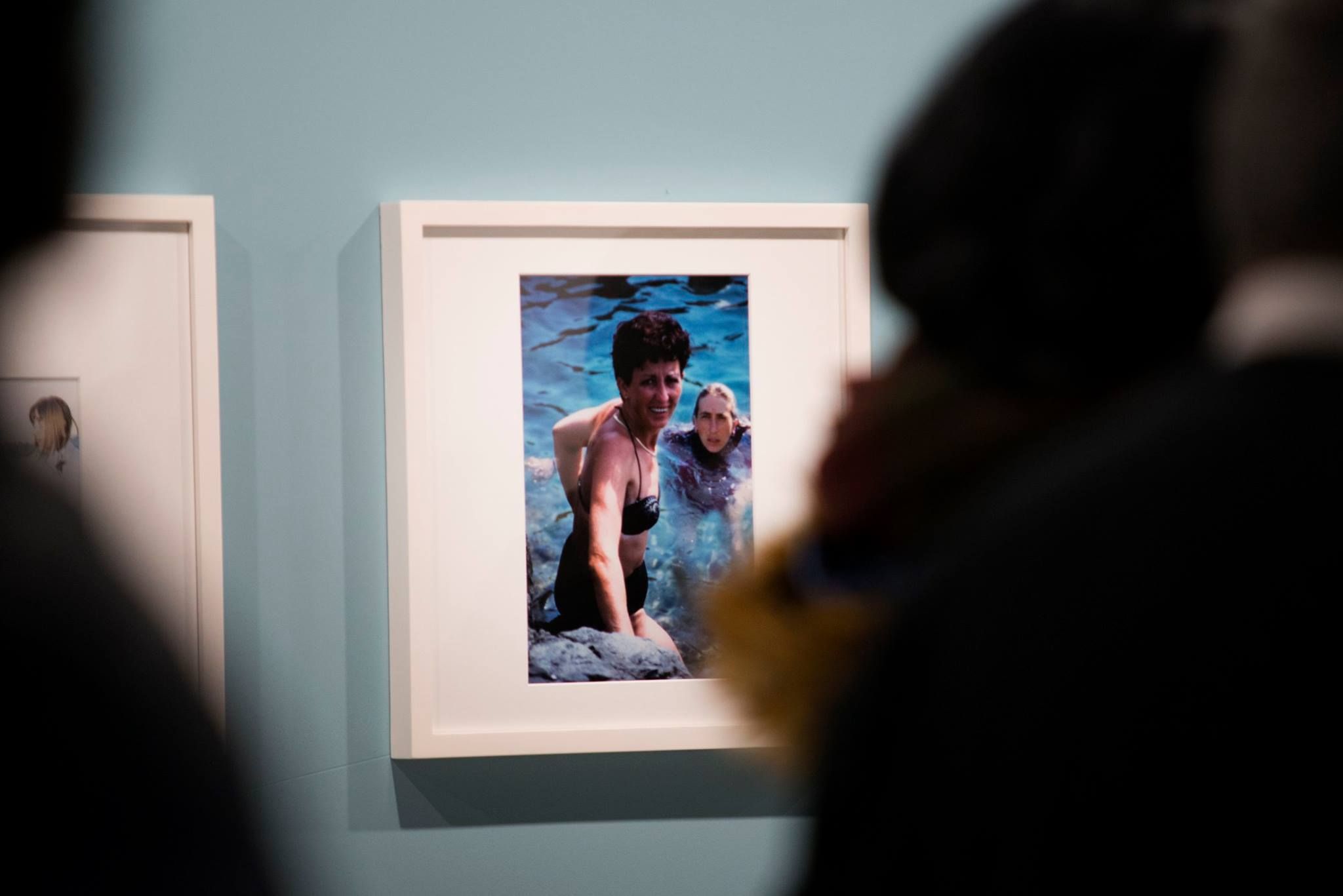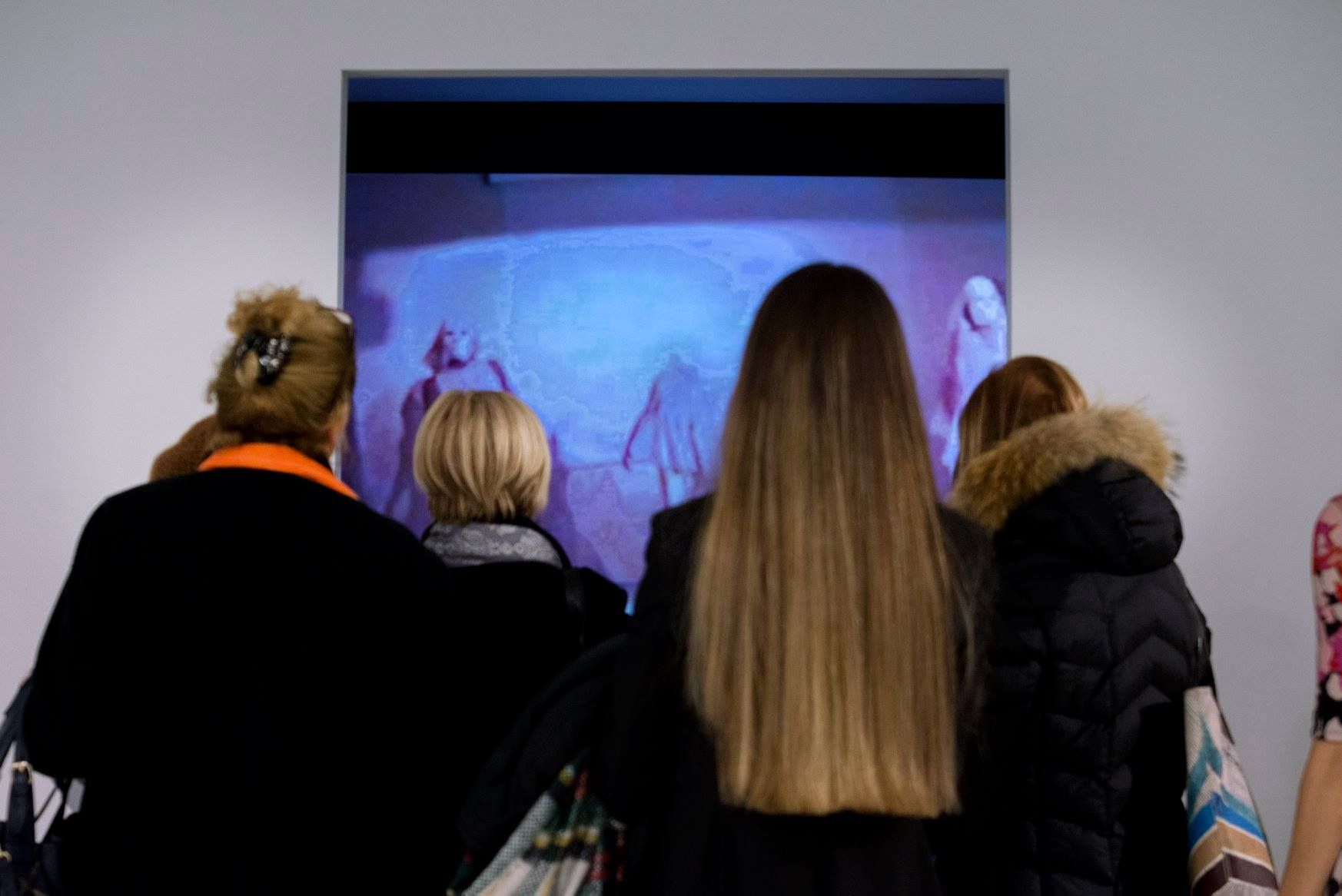Moira Ricci
Lookaftering
–
The meaning of “Lookaftering” as an act of caring, somehow evoked in absence, contemplates the unusual correlation between the gaze and time in a continuity given by the “-ing” suffix which extracts this word from the context of the vocabulary and seems to keep flowing a past that by definition, does not exist anymore. We are dealing with a made-up word and a condition where, from a potential gaze stuck in time, derives a potential past that remains open and possible. Almost as the Greek conception, who according to Roland Barthes, “entered into Death backward: what they had before them was their past”.
From a similar perspective, where the atmosphere of “another time” corresponds to that of an “altered” time, the exhibition of Moira Ricci brings to the Marubi Museum two works related to her private life. The artist gets back to the images of her mother – indirect co-author of the stories they tell us – in a discrete protagonism, keeping an almost obsessive and impossible dialogue with them.
From the language of photography to the video, the artist is pending between a time that flows and turns back and another time which is definitely stuck. In each work, contexts, environments and situations build a gallery of images where Moira has not been present or where she assists through somebody else’s point of view. In the case of the video, this is done by the recordings of the mother who used to follow her in dance shows or competition. Here Moira gets back to her choreographies and to the longstanding relationship to dancing. She shows us a story which has been synchronized with the fresh and unrestrained optimism from one of the soundtracks of the movie “Flashdance”. Far from the exhilaration of the accomplished dream of the main character, here the artist’s aspiration is much more in a dialogue with her nostalgia, perceived even in some distorted sounds of the VHS cassette which slightly interfere with the projection.
Next to these images, we have the photographic series “20.12.53 – 10.08.04” where the dialogue between the gazes is inverted. Now we find the artist who is facing the dramatic event of the death of her mother, trying to chase and approach her in the only place possible: the old family photographs where Moira literally gets inside. To become part of them, she needs to perform, to take self-portraits, to find the right image and place; to wear clothes and costumes from different periods of time; to analyse situations and photo textures; to match up the proper lighting or the colour temperature and sometimes even wait for the suitable season for shooting… The final stage is a series of manipulated photographs where the artist stimulates as true and real, a curated illusion of a presence poetically and intentionally disguised only by her melancholic vigilance and isolation from a time which seems to keep on flowing in every photograph, but not in her.
The double life of this series comes to the Marubi Museum as an undisputed consequence of the digital era and the opportunities it offers, but more than an evidence of a moment present in photography, we deal with an image created for another image and the intimate exigence that puts together something that is not there, in that precise moment. Finally, they show us a normal situation which gets rid of the technical facts and rises up to our affective consciousness as common ones, but in the meantime, impossible.
Exhibition Credits
- Curated by
Lek M. Gjeloshi
- Supported by
Ministry of Culture of Albania
- Supported by
Ministry of Culture of Albania
